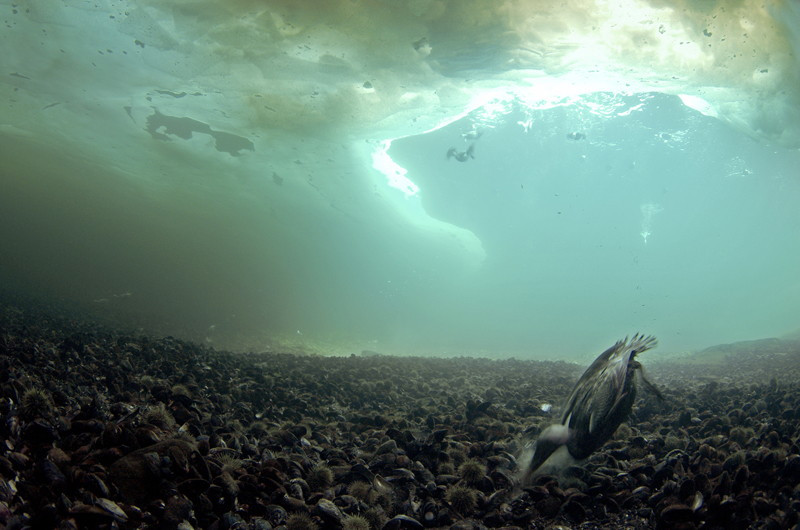Flock together
Documentary of Canada’s North can’t quite keep a straight course
The narration at the beginning of Joel Heath’s 2011 award-winning documentary introduces Robert Flaherty, the American filmmaker who directed and produced the first commercially successful documentary, 1922’s Nanook of the North.
What isn’t commonly known is that Flaherty had originally visited the remote Belcher Islands in Hudson’s Bay in 1913 and captured thousands of feet of film, which were subsequently destroyed due to the volatile nature of the end product.
This lost footage had contained some of the only photographic evidence of the traditional methods and way of life for the Inuit people living on those islands.
The narration goes on to say that the people of Sanikiluaq hoped to recreate this footage using stories passed down from generation to generation.
This is where the film starts, but it is not where it ends.
People of a Feather is a 90-minute glimpse into a life and landscape few Canadians ever experience.
Filmed over seven winters, the film has much beauty to show, but the story is all over the place, and it is hard to say what the film wants to be.
The film strives to demonstrate the connection between the Inuit and the eider duck - the source of eider down, the warmest feather in the world.
Beginning with acted recreations of Inuit life 100 years ago, the film jumps to the present day, showing the life of the Kavik family.
The acted recreations are connected to the representation of family life by juxtaposing traditional methods of eider down collection, hunting, transportation and family dynamics with modern methods.
The film also explores the environmental concerns forced upon these remote people by the larger cities down south.
Each of the threads on their own are incredibly interesting and wonderful to watch, but when strung together as a film, it feels jumpy and at times it can drag.
Life in such a harsh environment is interesting enough on its own that I am not sure the staged historic segments were necessary, though the traditional clothing is beautiful to take in.
Due to the length of time spent filming, there are segments that make use of time-lapse. While a few scenes in particular are quite captivating - such as one with the Aurora Borealis streaking across the sky electric green, and the segment at the close of the film showing the change in water/ice levels due to the tides and the seasons - it becomes a bit overused and redundant.
What I found most captivating was the footage of the eider ducks, and the elements and predators that they must face.
Heath initially wound up in the Belcher Islands filming said ducks when the community of Sanikiluaq had expressed distress at a major die-off of the fowl one winter in the late ‘90s.
The people of these islands rely on these birds not only as a source of nourishment, but also for their down, which they need to survive the Arctic winters.
Watching these birds dive and hunt underwater in order to survive in one of the harshest climates, and the Inuit people’s connection and respect for the wildlife around them, is what made the film for me.
Published in Volume 66, Number 25 of The Uniter (March 28, 2012)







